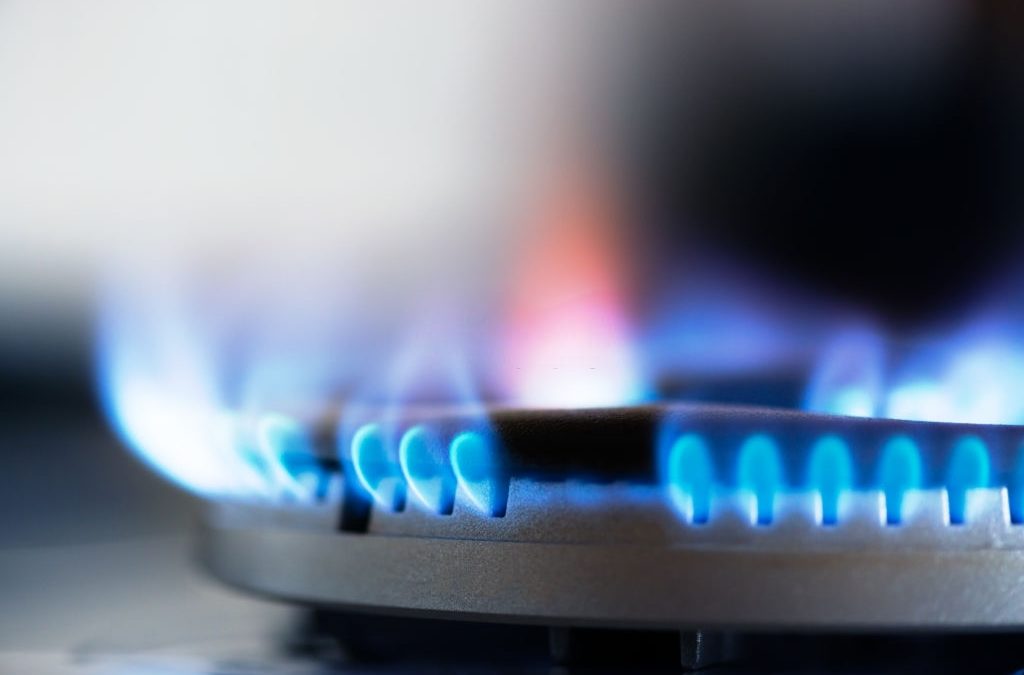Your home is probably your most precious space, as you make your fondest memories in your home. So, you ought to do what you can to preserve the home.
But sometimes, gas fire does not align with your desires to preserve your home and that sole fact can be a menace. However, there is no need to bask in fear as solutions lurk around, in many corners as there are effective means to prevent catastrophic gas fire in your homes.
Above all, knowing the causes of gas fire in the home will give profound insight on how to avoid them. There are a lot of causes of gas fire but some of the prominent ones include:
Gas Leak
Gas leaks in the home are usually the result of poorly fitted, badly maintained or faulty appliances like boilers and cookers
If your appliance is badly fitted, gas can escape from the gas hose that leads into your appliance or from around the seal and when this happens, it can be very hazardous. The gas leak can evolve into a terrible explosion if not handled properly.
To avoid gas fire through gas leak, we should endeavor to properly check the pipe fittings of our gas cookers, for leaks. Once you hear a hissing or whistling sound, that’s a sign of a gas leak. It is best to disconnect the pipe from the gas and air our the house, while you call for maintenance.
Also, its advisable to take out the gas cylinder while cooking.
Inflammable products
Inflammable products are products that are easily set on fire. Some of these products include hairspray and other combustible materials. Its best to keep such inflammable product out of the kitchen because they contain compounds that could cause gas fires.
To curb the widespread of gas fire, it is very advisable to use the following:
Fire Extinguisher
Fire extinguishers have become very essential in the home because they help reduce the spread of gas fire. If a gas fire should break out in your home, ensure to use the fire extinguisher to quickly quench the fire before it generates into a massive explosion.
Fire extinguishers should not be used by people who have not been trained. Before tackling a fire with a fire extinguisher make sure you or someone else has raised the fire alarm and that you have a safe evacuation route.
Using the correct type of extinguisher for the fire, use the four-step PASS technique.
Pull: Pull the pin, this will break the tamper seal.
Aim: Aim low, pointing the nozzle or hose at the base of the fire. Do not touch the horn on a CO2 extinguisher, it gets very cold and can damage the skin.
Squeeze: Squeeze the handle to release the extinguishing agent.
Sweep: Sweep from side to side at the base of the fire, the fuel source, until the fire is out.
Smoke alarm or Smoke detector
Smoke alarms should be installed in your home and it is good to check that the smoke alarm is in perfect working condition at least, once a week. A defective smoke detector is even worse than not having a smoke detector because a defective smoke detector gives you a false sense of security. Once the smoke alarm beeps weakly, then it is best to get it serviced as that is a sign of a defect.

